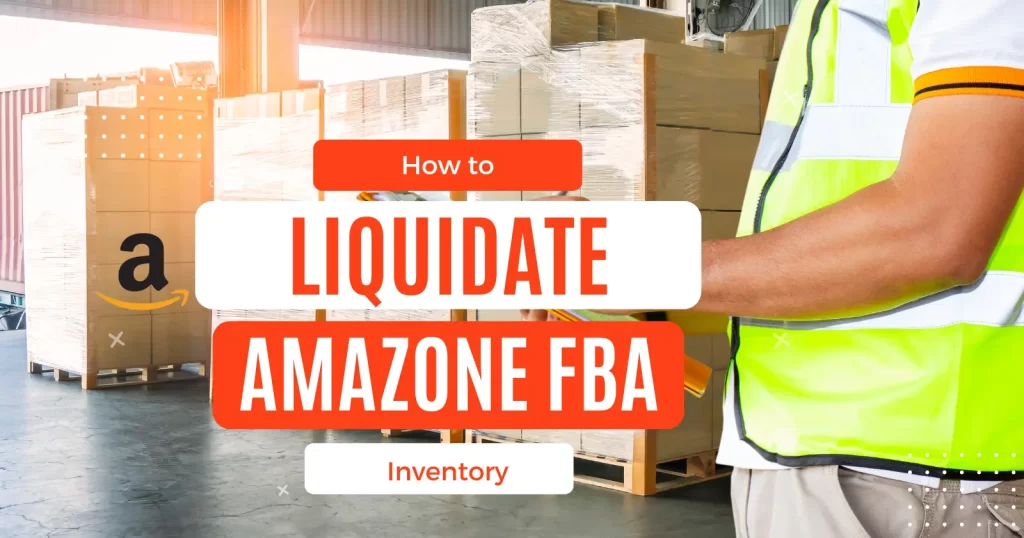Did you ever rush in inventory requests to plan for sales events? Yet transporting delays or an unexpected decrease in item requests left you with bunches of unsold products?
It’s not unexpected practice to renew your stock well ahead of the season and in bigger order quantity to represent more appeal and likely delays. But, multiplying or significantly increasing your stock requests likewise builds your risk of winding up with an extra quantity of stock as requests could change quickly. This problem arises particularly for trivial items during a pandemic or downturn, for instance.
Of course, you could never foresee those things. Be that as it may, it’s necessary to have a stock management plan set up to guarantee you don’t stall out with an excess of slow suppliers for a long time.
As you may be aware, overload stock can be a risk. It occupies the room, costs you extra capacity charges, ties up capital, brings down your IPI score, and restricts your development and benefit. That’s why sometimes it makes sense as an Amazon seller to liquidate your unsold products quickly.
Let’s dive into some of the best stock liquidation strategies that help you decide how to liquidate amazon fba inventory.

Adopt the Stock Minded Advertising Strategy
An Inventory-Minded Advertising approach is a more comprehensive method for taking a look at getting stock out as a vendor. This approach includes tight coordination between your marketing and Stock groups in a manner that improves deals. This also helps with preventing stockout and leaves as minimal leftover items as it could.
Once identified, and the slow sellers are still worth keeping around, the stock manager can then send this intel over to the advertising team so that they can do something about it. For instance, helping the product deals by offering discounts and vigorously advancing with online advertisements.
The Advertising group can likewise utilize the report to figure out how much stock is left to advance and sell. This approach helps them make sure that their advertising energy closely matches your current supply and demand. So, they can sell the product at a price that nets you a profit margin without causing a stockout.
Run a Deal
A restricted-time deal, otherwise called a flash sale, is one more approach to transforming a slow seller into a resource again while disposing of it rapidly.
Most sale deals involve huge cost drops presented inside close periods. Your deal can endure anyplace from a couple of hours to half a month. The quicker you get your maturing stock out of the entryway, however, the quicker you’ll push your business ahead.
Hence, such offers can be a phenomenal method for helping deals and increment for extra items you are attempting to get out of the inventory. In any case, ensure that they are still in new condition to meet all requirements for the program. Look at this FAQ page to get familiar with Amazon’s qualification prerequisites for quick Arrangements and the moves toward making an arrangement.
Then again, if your stock generally comprises client returns in Like-New condition and you would rather not repair them yourself, consider giving them over to FBA Liquidations or other liquidation organizations to recuperate some worth. To a greater degree toward that later.
Master tip: After your flash deal begins bringing in some cash, it will take Amazon no less than 14 days to pay you out, and that is just the cash that doesn’t become involved with your record-level hold. Administrations can assist you with an opening that cash, reinvesting it back into your business, and consistently having cash close by from your deals.
Join the Amazon Outlet Program
Amazon Outlet is a program intended for dealers who wish to offer their items at a markdown. Outlet valuing offers clients a decent rebate on items, no matter what the amount bought.
To be qualified for the Power source program, you should have an Expert Vendor account and be on favorable terms with Amazon. Also, your items should meet specific measures, for example, being in new condition, unopened, and in unique bundling.
Whenever you’re acknowledged into the program, you can start making your contribution to the Power source commercial center to offer your items at a limited cost. Chosen deals are highlighted on the Outlet in light of variables that incorporate client interest and item star rating.
Utilize Liquidations Program
There are various liquidation programs, remembering Amazon’s for-house program, Back-Track, and Returns Overall that merit investigation for Amazon vendors.
Amazon FBA Liquidations program works by permitting Amazon vendors to sell their overload stock to outlets like B stock. The vendors then exchange the stock to clients at a limited cost.
The program permits merchants to dispose of their overload stock decently fast and effectively, however at an expense. Expenses incorporate a liquidations reference charge of 15% and a handling expense for each thing that changes by item weight and size.
While you’ll just get a limited quantity of cash, FBA liquidations might in any case be a decent choice for disposing of overabundance stock and receiving something consequently.
Versus simply allowing it to gather dust in a distribution center while causing long-haul stockpiling charges. Or then again, eliminating it from FBA and paying for each thing eliminated expense to have the option to sell it through different channels.
Different Liquidations Projects
Merchants can likewise use outside programs like Back-Track and Returns Around the world. These projects assist dealers with benefit recuperation by selling the stock on different channels and imparting benefits to them.
A fair warning, however – when you utilize an external liquidations program, you should pay Amazon evacuation request charges. This can be two times as costly as Amazon’s own FBA liquidation expenses (erring on that in the following segment). Make a point to consider these expenses while figuring out which liquidation program seems OK for your business.
Make an Evacuation Request on Amazon
As an Amazon dealer, you likely realize a period might come when you want to eliminate your items from Amazon through and through, either to discard them or find elsewhere to offload them, like eBay and Etsy, among other eComm commercial centers.
For anything that your following stage is, you’ll need to address a cost to eliminate your items from Amazon. Regularly, the expenses are two times as high to eliminate an item than to exchange using the FBA Liquidations program.
Evacuation orders are smart for vendors whose item deals don’t take care of their Amazon stockpiling costs, or for merchants who figure they can help a superior return through different commercial centers like eBay.
Conclusion
So the drawn conclusion from this article is that you will undoubtedly need to exchange stock sooner or later as an Amazon merchant. It’s exactly the way that everything pans out once in a while around here.
In some cases, an item doesn’t sell how you figure it will. Furthermore, it’s critical to be ready and have a methodology for when this comes up.
Whether you go with Amazon Outlet valuing, the FBA liquidations program, or another choice, remember to make certain to investigate every one of your choices to augment your income, limit your expenses, and develop your business quicker.
Hope this blog helps you decide to take certain actions for your inventory.




